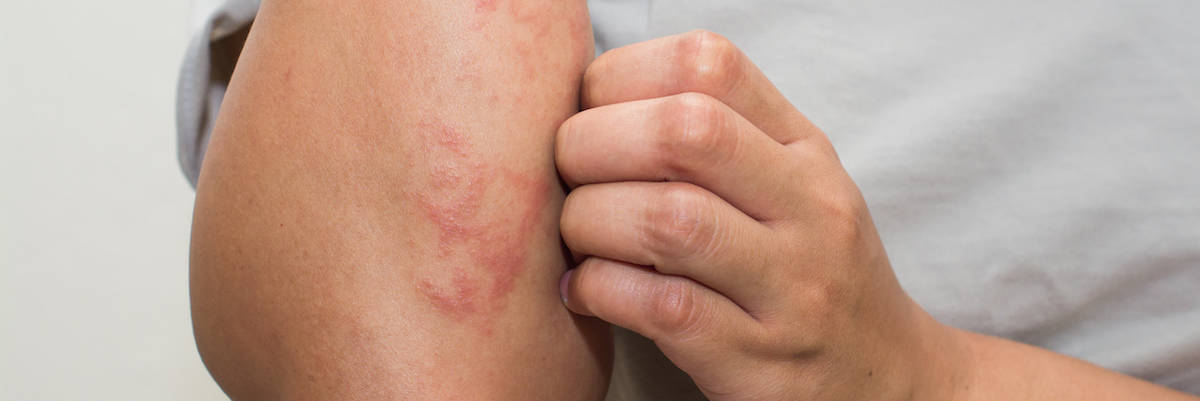 Dermatologists have one of the most diversified practices in all of medicine. Acne, hair, cosmetic procedures, and skin cancer detection are only some of the areas within their branch. But there is another area that people will sometimes forget: scar removal.
Dermatologists have one of the most diversified practices in all of medicine. Acne, hair, cosmetic procedures, and skin cancer detection are only some of the areas within their branch. But there is another area that people will sometimes forget: scar removal.
When we have major damage to our skin, scar tissue forms. For those who may have accumulated scars in childhood from bike accidents or acne, most of these scars heal or fade over time. But for others, the trauma to the skin can be more severe – severe enough that the scar is indented, raised, large, or thick. If that fits what you see on your skin, the trauma may not have stopped. These scars can have traumatic effects on your confidence and self-image.
You do not have to live with these scars. After a consultation, a dermatologist can help you decide on the right scar removal treatment for you. There are so many techniques that work better for some types of scars than others. This is why having an experienced dermatologist is so important. Here are some of the most common types of treatments.
Dermabrasion. This procedure is best used to combat small scars, especially those on the face. Skin surface irregularities, surgical scars, and acne scars are systematically scrubbed from the skin. A machine removes the top layers of the skin. Dermabrasion can take multiple appointments to see the final result because as the skin must heal after each session. Over time, the surface becomes smoother in appearance.
Chemical Peels. Similar to dermabrasion, chemical peels remove the top layer of the skin. Instead of a machine, the dermatologist will apply a chemical compound to the skin’s surface. The skin heals after each application, which reduces the visibility of sun-damaged skin, irregular pigment, and superficial scars.
Collagen Injections. Contractures, or indented scars, occur when a large area of skin is damaged or lost. The decrease in available skin can cause general tightness of the skin and even decreased range of movement depending on the location of the scar. Dermal fillers in the form of collagen are injected into the skin to help fill those trenches left by the traumatic scar.
Surgery. There are many surgical options that vary in usefulness based on the type of scar. For raised, or hypertrophic, scars, surgery can be done to reduce the overall visibility of the scar. A procedure called z-plasty relocates the large, raised scar by breaking it up using a z-shaped incision.
Fat or skin transfers. Fat or skin transfer procedures are more natural means to achieve similar result for deep, indented scars. For fat transfers, the issue may become that these transfers are reabsorbed into the body, which may mean multiple procedures. Skin transfers have their own specialized uses, but the main drawback is the addition of more, small scars.
Laser removal. Lasers are by far one of the most popular and effective methods for a wide swathe of scar types. There are different types of laser procedures, but the underlying procedure is using light to blast away top layers of skin. Multiple treatments may be required as the dermatologist is using light to remove or reshape areas of scar tissue.
The Dermatology Center of Indiana services Brownsburg, Cicero, Crawfordsville, and Fishers along with many other cities throughout Indiana. Join us today in one of our locations where you are always welcome.
Disclaim: This blog provides general information and discussion about medical, cosmetic, mohs, and surgical dermatology. The words and other content provided in this blog, and in any linked materials, are not intended and should not be construed as medical advice. If the reader or any other person has a medical concern, he or she should consult with an appropriately-licensed dermatologist or other health care worker.
